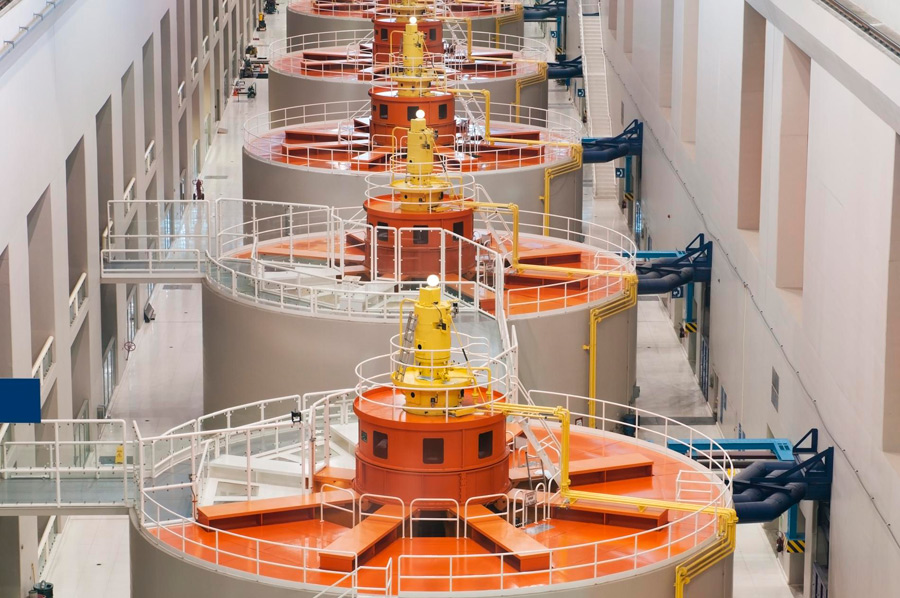
Web based HP & LP Compressor Monitoring System


Two large compressed air stations located at the plant provide both instrument and purge air to the turbine sets and are an essential part of the plant process. Therefore the reliability, status and performance of high and low pressure air compressors needed to be monitored continually. A total of 12 air compressors are monitored with the solution provided. Being a web solution, the air stations can be monitored from any PC across the client network, with a web browser installed.
The scope included the development of the web-based system, producing electrical interconnection and network schematics. Providing on-site commissioning in Russia. The Ingersoll Rand air compressors needed to be furnished with Modbus interface modules to permit RS485 communications between the web server and the compressors. Two separate networks were implement, one for the high and one for the low pressure systems. These were two wire RS485 multi-point networks, with the compressors connected in a linear configuration (daisy chain). Termination resistors of 120ohm were applied to both ends of each network. We opted to use an industrial eWon 4001 web server device which offered on board Modbus communications, 3x serial ports, 1x Ethernet port, custom web page user memory, data logging and simple scripting capabilities. Using Dreamweaver to develop the custom web pages into a corporate format as agreed by Ingersoll Rand, the web pages were completed in both English and Russian language. The web pages had to support Cyrillic font in order to display Russian characters correctly. The communication configuration was set up to utilize a series of Modbus drivers in the web server to read the compressor data. These drivers were placed into two groups: high priority and low priority. The low priority group read less critical data from each compressor, such as set-points, run hours and polled this information once/hr. Conversely, the high priority group polled data as often as possible in order to read critical alarm states, pressures, temperature and vibration readings from each compressor. It would typically take 3secs to read all critical data back from all compressors. The data received from the compressors was placed into TAGs (memory areas), these TAGs could then be displayed on the custom web pages. Additional scripts were coded to allow data models to be logged and to also calculate energy usage over a set period of time. The RS485 network cable was installed by others under our supervision. Because this facility was guarded by the Russian military, we had to obtain special permits from the local authority in Volgograd to be able to work on this site. We handled all the visa/permit paperwork ourselves.
Date:
March 2009
Client
Ingersoll Rand for Volga GES, Russia (Volgograd)
Key Hardware / Software :
- eWon 4001 industrial web server
- Dreamweaver 8 – web development tool
